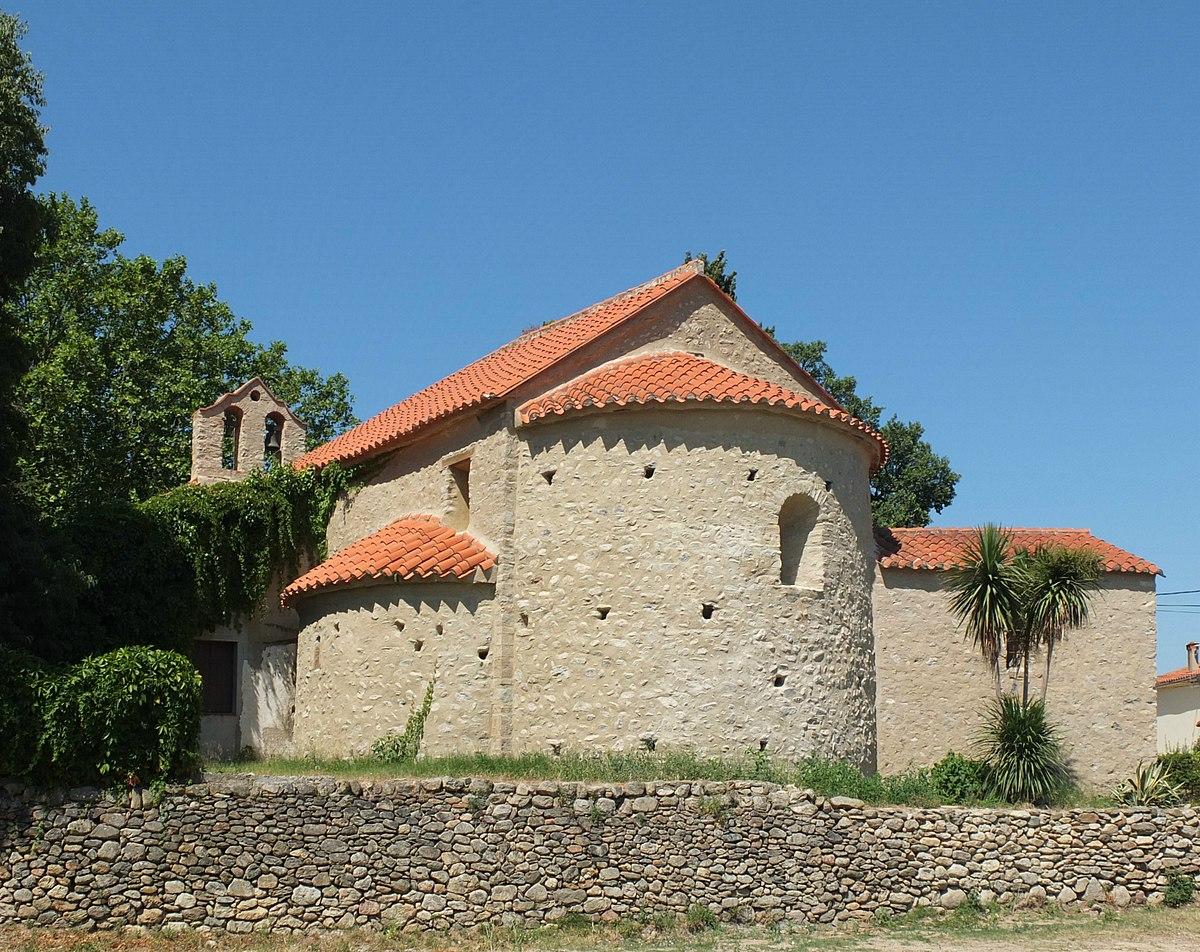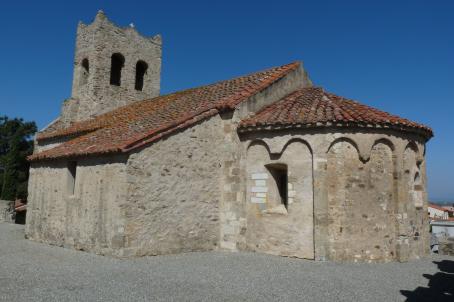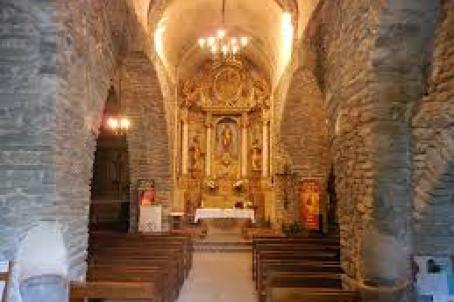Chapel Notre-Dame de Tanya

Located in Laroque-des-Albères in the Pyrénées-Orientales, the chapel Notre-Dame de Tanya was founded in the 11th century. It includes a trilobed chevet, which is a rare architectural element in the region. Inside, an epigraphic stone carries the first known representation of the coat of arms of Laroque.
About this building
The chapel Notre-Dame de Tanya of Laroque-des-Albères, in the Pyrénées-Orientales, dates from the eleventh century, although the first mention in written sources is from 1371. Until the end of the nineteenth century, it was the sanctuary of a hermitage, but now serves as a secondary church for the parish of Laroque-des-Albères.
The Romanesque building consists of a single nave of three vaulted bays and ends with a trilobed chevat (or trefoil), a remarkable element since there are only three examples in the Pyrénées-Orientales. The nave was enlarged by eight meters to the west between the seventeenth and eighteenth century. It was also at that time that a sacristy was built in the north-east, contiguous to the central apse, a northern absidiole, and a bell-wall. The covers are made of hollow tiles, and the walls are pebbles and rubble coatings.
Near the south gate, we can see an epigraphic stone, dedicated to Bernard Garriga, an important man of Laroque who lived in the thirteenth century. It is engraved with the oldest representation of the coat of arms of Laroque.
Inside, the chapel has a polychrome golden wooden altarpiece, which dates from the late eighteenth century and is classified as an historic monument. Its walls are decorated with many statues. The chapel Notre-Dame de Tanya was completely renovated between 2013 and 2015.




